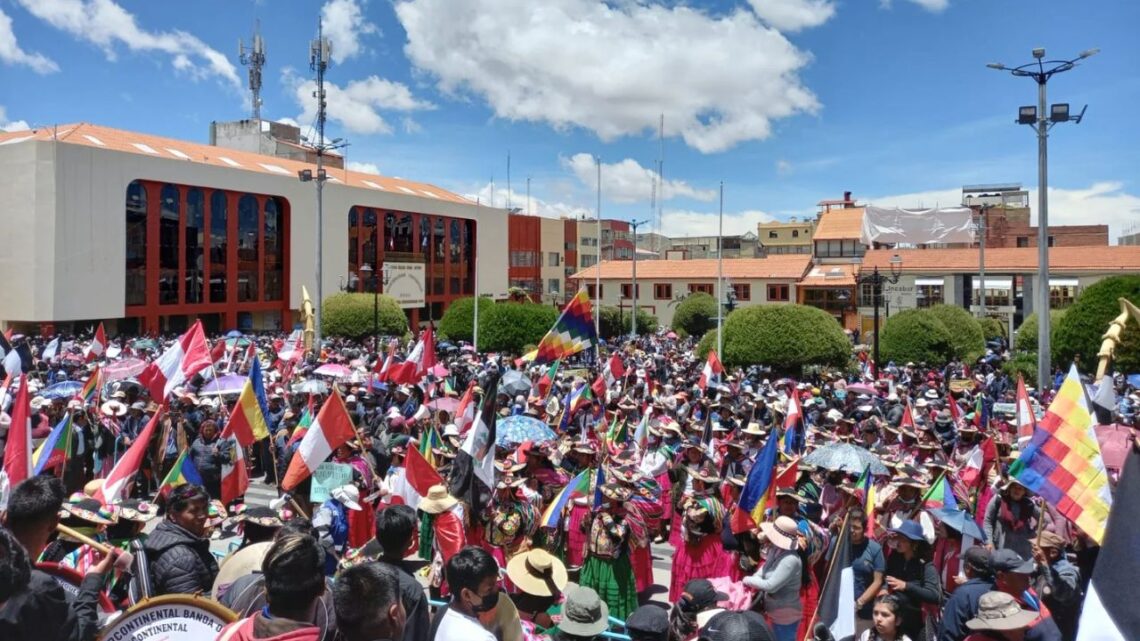Peru is debating a series of Congressional proposals that critics say would loosen protections for Indigenous communities and their territories across the Amazon.
The initiatives would expand “national interest” exceptions for resource extraction, alter how PIACI (Indigenous peoples in isolation and initial contact) are protected, and reshape who decides where and how protected areas are created or modified.
Supporters argue these changes could speed up investment and public revenues.
Indigenous federations, environmental groups, and legal experts warn the shift could intensify deforestation, heighten social conflict, and put isolated communities at serious risk.
What’s Being Considered
Lawmakers have introduced measures that, taken together, would redefine governance over protected lands and Indigenous reserves:
- Open the door for oil, gas, mining, logging, agro-industry, and major infrastructure within or adjacent to protected areas if labeled a national priority.
- Add stronger roles for economic ministries in approving or revising protected-area boundaries.
- Require periodic reviews of PIACI status and their reserves, potentially making it easier to downgrade or dissolve protections.
- Reassess or delay the creation of new Indigenous reserves in frontier zones where overlapping claims exist.
Why It Matters
Peru is a megadiverse nation where Indigenous territories overlap with some of the world’s most important carbon sinks.
Strong land tenure and reserve status have historically slowed illegal logging, gold mining, and land grabs.
Weakening those shields could push activities deeper into intact forest, increase mercury contamination in rivers, and expose isolated groups to disease and violence.
Beyond human rights, the stakes include climate resilience, water security, and regional stability.
Key Proposals & Potential Impacts
| Measure / Proposal | What Would Change | Who Is Affected | Main Risks | Claimed Benefits |
|---|---|---|---|---|
| “National interest” carve-outs in protected areas | Enable extraction or infrastructure in or near protected zones | Indigenous communities, conservation areas, local governments | Habitat loss, conflict, legal uncertainty | Jobs, investment, new royalties |
| Expanded role for economic ministries | Shift approvals for new/expanded protected areas | Ministries, regulators, regional authorities | Political pressure on conservation decisions | Faster project approvals, “policy coherence” |
| Periodic PIACI reviews | Make it easier to modify or lift reserve protections | Isolated/initial contact peoples | Exposure to outsiders, disease, cultural loss | “Evidence-based” updates, alignment with development |
| Delays or denials of new reserves | Slow expansion of territorial safeguards | Communities seeking recognition | Encroachment, illegal mining/logging | Keeps land open for productive use |
What Each Side Says
- Supporters: Peru needs a clearer path for strategic projects, especially in energy and infrastructure, to spur growth, employment, and public revenue—all under impact assessments and “modern safeguards.”
- Opponents: “National interest” is vague, inviting loopholes; periodic PIACI reviews politicize protections; and shifting authority away from conservation agencies undercuts long-standing rights frameworks and international commitments.
What to Watch Next
- Legislative votes and committee revisions to clarify definitions, criteria, and oversight.
- Constitutionality challenges from legal defense groups if core Indigenous rights (consultation, consent, health, life) are deemed at risk.
- Regional responses from Amazonian governments and international funders assessing how regulatory changes interact with climate finance and forest-protection programs.
- Social indicators: complaints filed, conflicts reported, and any spikes in deforestation near proposed projects.
Practical Implications for Communities
If the measures pass, communities may need to:
- Strengthen land-title documentation and community monitoring.
- Use free, prior, and informed consultation processes to challenge or shape projects.
- Partner with regional ombuds and independent health brigades to protect PIACI buffer zones.
- Document environmental impacts (water quality, fish stocks, soil) and pursue administrative remedies early.
Peru stands at a crossroads.
Rewriting the rules on protected areas and PIACI reserves could unlock short-term investment, but it risks long-term social and ecological costs—from forest loss and river contamination to irreversible harm for isolated peoples.
A durable path forward will require clear legal definitions, independent oversight, and genuine consultation with those who live in and steward these forests.
The decisions taken now will shape community safety, biodiversity, and climate credibility for years to come.
